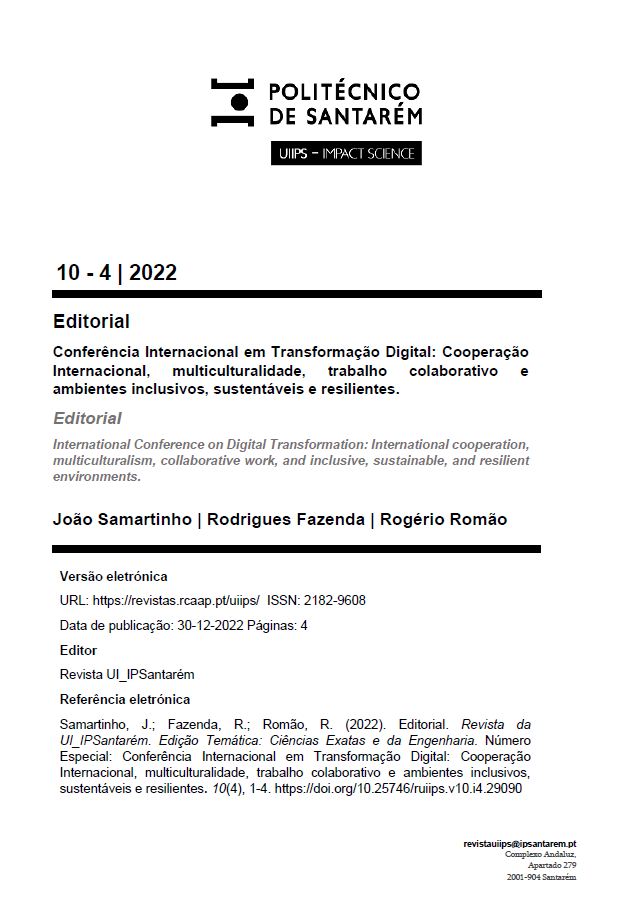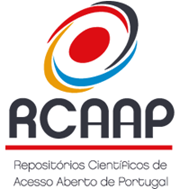Análise económica dos sistemas de sementeira utilizados na produção de arroz (variedade makassane) no distrito de Chókwè, posto administrativo de Lionde
DOI:
https://doi.org/10.25746/ruiips.v10.i4.29096Palavras-chave:
sistemas, cultivo, sementeira, arroz, macassaneResumo
Em Moçambique, o arroz ocupa o terceiro lugar nos cereais em cultivo e a produção local ainda não satisfaz as necessidades do consumo interno, devido em parte a aplicação limitada de técnicas adequadas de produção. Muitos estudos sobre a cultura de arroz são feitos, mas a sua implementação no terreno ainda é muito fraca, essa realidade é encontrada no distrito de Chókwè, posto administrativo de Lionde. O trabalho consistiu em realizar uma análise económica sobre os sistemas de sementeira utilizados na produção de arroz no distrito de Chókwè visando identificar qual de entre eles possui maior vantagem em termos de custo-benefício. Este empregou o método experimental pelo DIC (Delineamento Inteiramente Casualizado) para a obtenção dos dados de produção de arroz. O experimento foi constituído por quatro tratamentos nomeadamente: transplante em linhas (T1), transplante ao acaso (T2), sementeira direta em linhas (T3), sementeira direta a lanço (T4), dispostos em 3 repetições por cada tratamento. Através do experimento foram registadas as operações desde a preparação do solo até a colheita e ensaque. As variáveis de medição são dadas em: rendimento (quantidade produzida), custo de produção e margem de lucro. Para o processamento, interpretação dos dados foi realizada a ANOVA, teste Tukey (pelo RStudio) e calculado o índice de rentabilidade. Os resultados de variância evidenciam que a sementeira de transplante é diferente da sementeira direta na variável custo de produção e índice de rendabilidade elucida que o T3 (tratamento de sementeira direta) apresenta a maior rentabilidade comparado com os restantes tratamentos.
Downloads
Publicado
Como Citar
Licença
Direitos de Autor (c) 2022 Beto João Chirindzane, Sérgio Jordão Ponguane, Rogério Fernandes Romão

Este trabalho encontra-se publicado com a Licença Internacional Creative Commons Atribuição-NãoComercial-SemDerivações 4.0.
Autores que publicam nesta revista concordam com os seguintes termos:
- Autores conservam os direitos de autor e concedem à revista o direito de primeira publicação, com o artigo simultaneamente licenciado sob a Licença Creative Commons Attribution que permite a partilha do trabalho com reconhecimento da autoria e publicação inicial nesta revista.
- Autores têm autorização para assumir contratos adicionais separadamente, para distribuição não-exclusiva da versão do artigo publicado nesta revista (ex.: publicar em repositório institucional ou como capítulo de livro), com reconhecimento de autoria e publicação inicial nesta revista.
- Autores têm permissão e são estimulados a publicar e distribuir o seu trabalho online (ex.: em repositórios institucionais ou na sua página pessoal) a qualquer ponto antes ou durante o processo editorial, já que isso pode gerar alterações produtivas, bem como aumentar o impacto e a citação do trabalho publicado.





